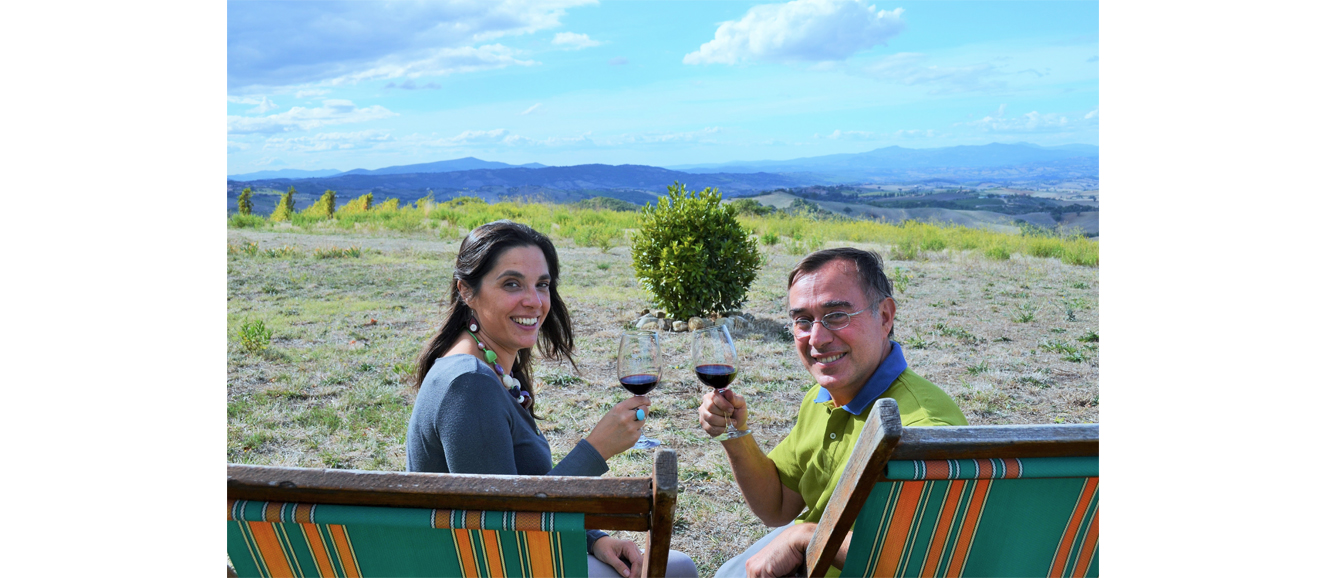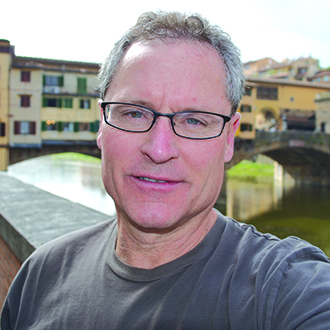When I was a kid, my parents and my considerably older siblings would drink gallon-size bottles of Gallo or Almaden or Inglenook on ski trips or other vacations. There was never any kind of discussion of taste or structure or finish. It was all about the price and the buzz. I never remember any 750-milliliter bottles with corks being opened, and I never saw anything from Europe or any of the other nascent wineries or wine regions of the world. Choosing was easy for them — big bottle, cheap price.
Today the buying options can be truly bewildering, especially if you shop at the mega-chain wine and spirits stores that didn’t exist in the U.S. until recently. Wines are displayed by region or by grape or even by pricing. You might find 200 examples of Chardonnay or sparkling wine. How do you decide? Public relations expert and wine consultant Paul Wagner — founding president and partner of Balzac Communications & Marketing in Napa — told me, “The most difficult part of the wine industry is selling your wine, making it stand out in the marketplace.” And there are many other aspects of the business that are notoriously difficult. To make wine requires significant knowledge of farming, microbiology, technology and finance, to name a few related fields.
There was a time when I would only drink large, well-known producers, the thought being there was a predictability in the bottle and it rarely disappointed. But then on a media wine trip in the late 1990s to Israel, I discovered boutique wineries, and a whole new sense of unusual grapes and wine styles presented itself. A boutique winery is loosely defined as having an annual production of around 100,000 bottles or less. Since then I have visited hundreds of wineries in both hemispheres, and I have come to realize there is a cooperation between most of the big and small producers of the world.
Most every wine region of the world has at least one huge and well-financed winery that has the desire and the means to bring in soil and terroir consultants who might suggest tearing out uninteresting vineyards and replanting something better. These wineries also have the resources to experiment with pruning and harvesting techniques, along with winemaking and oak influence ideas, and often pave the way to the market regionally, which gives credence to all the smaller producers of the area. American-born Victor Schoenfeld of Golan Heights Winery of Israel is, simply put, the most influential winemaker in that country. All eyes in the winemaking world of Israel are on him, and he is thorough with his experimentation and generous with his knowledge and discoveries. His success helps all the producers of the region as a rising tide lifts all boats.
Georges Duboeuf is that guy in the Beaujolais region in the south of Burgundy. Gérard Bertrand and Jean-Claude Mas, of Gerard Bertrand wines and Paul Mas wines respectively, each lead the way in the Languedoc-Roussillon region in the south of France. And Claudio Tipa of ColleMassari winery in the Montecucco region of Tuscany has the money, reputation and influence to improve all the wines of the region. His massive investments in the area are transforming this relatively unknown part of Tuscany into an area capable of making high quality wines. Meanwhile in Chile, Casa Lapostolle and Concha y Toro are two of the large and monied wineries forging the way.
The smaller producers of the world often come from some other careers or business sectors. I have visited many of these wineries and it’s usually like visiting a relative. The owner will typically welcome us in the driveway, give the vineyard and winery tour, which often has some unfinished construction components due to financial constraints, and then welcome us to the family porch or dining room to taste through the wines.
So how do you choose? It’s not an either/or decision. Go big. Go boutique. Try them all. There are some large wine tastings in most metropolitan areas that will showcase a regional collective of wines where it’s easy to find wineries of all sizes. And if you have the good fortune to visit a wine region of the world, do a little homework first. On location, winery tours are informative, not just about the wines but also about the geography, geology and regional history, among other interests.
If you communicate with a boutique producer in advance and tell him or her you tried the wines and would like to visit on an upcoming trip, you could well find yourself sitting in an easy chair, wine glass in hand, overlooking the vineyards, with the winemaker telling the story of how this wine came to be. There’s nothing better.
Write me at doug@dougpaulding.com.


